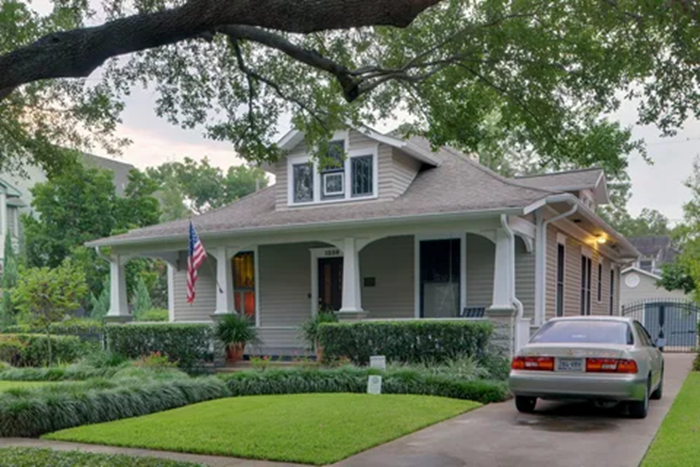The vast majority of Americans now live in the suburbs, the so-called suburbia. The trend has become most pronounced since the 1950s and was caused by the development of automobile transport, roads, and telephone communications.
Generous cash benefits that the American government gave to soldiers returning from the fronts of World War II also played a role. Today, the average American home has two floors, less often three, four, or one (excluding the basement). Each of its inhabitants has his or her own bedroom (it is by the number of bedrooms, and not by the area in square feet, that Americans judge the size of a house). There are also a number of common rooms – a living room, kitchen, dining room, garage, and sometimes a basement. The basement is often rebuilt (finished basement), turning it into a guest room, study, gym, library, or place for hanging out; this increases the price of the house in the event of a possible sale. Often there is a small outdoor swimming pool in the backyard.
Small towns often have better living conditions, and better schools, roads, and hospitals than big cities. The neighborhood is important for suburbs; a location is considered “good” if there are good public schools nearby. Doctors, university professors, and businessmen live in the most prestigious neighborhoods. But most Americans (up to 85%) prefer to live in dead ends, as quiet places with little traffic and a low probability of crime.
In general, American suburban homes are devoid of architectural excesses and are built to last a short time. The outer walls are very thin, the inner walls are made of plasterboard. The doors are made of pressed wood. The windows are single-layered. One of the reasons is the relatively mild climate (the northern border of the United States is at the level of the Black Sea resorts), frequent (especially in the south) natural disasters and frequent changes in local infrastructure – few people will decide to invest in the construction of a fundamental house if in a few years the area will no longer be “good”. Rapid changes in technology and household needs also contribute. Also, such houses are easy to rebuild.

